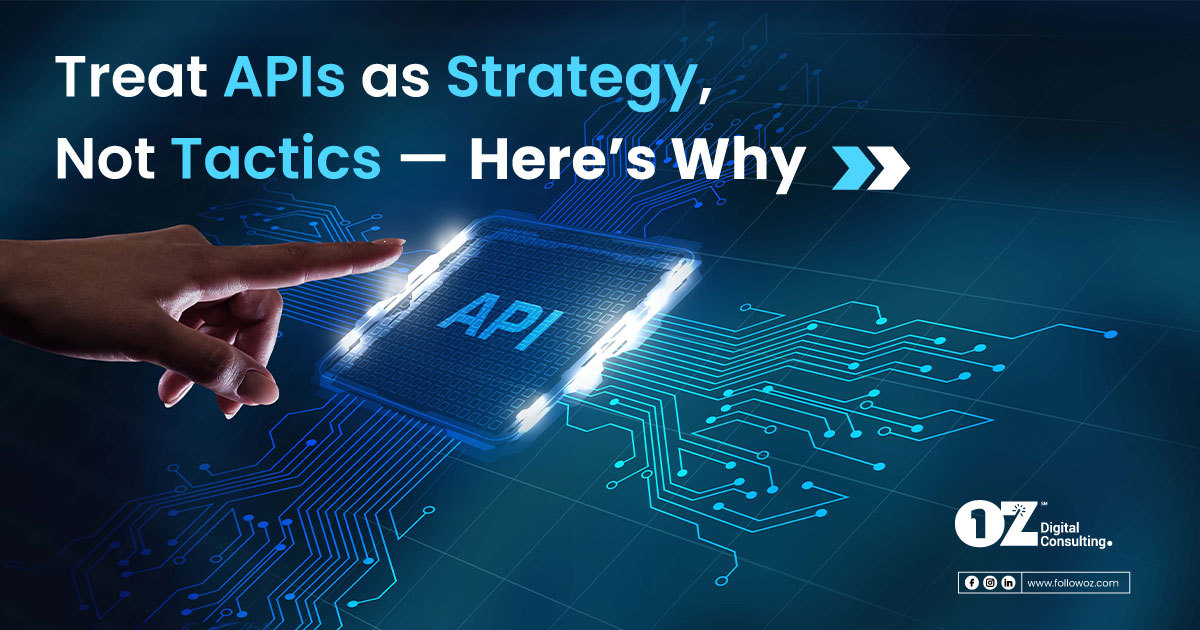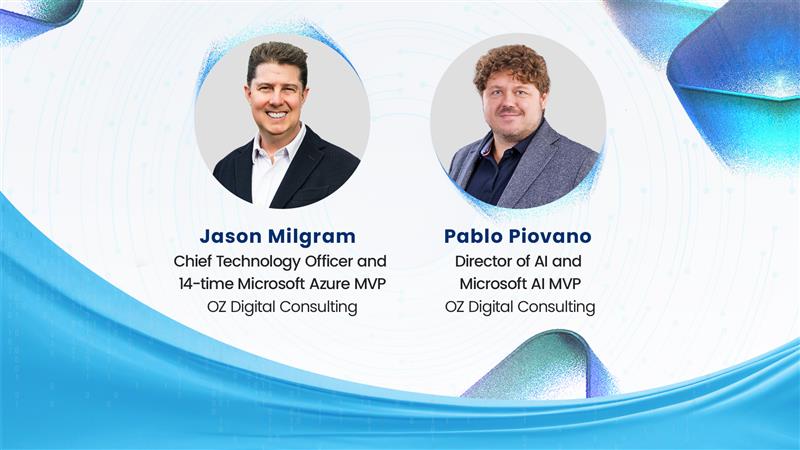— By Imran Sabir, Vice President, Automation & Enterprise Integration
Have you wondered what keeps us — and the world—always connected? How do you make a purchase, track your shipment, and return an item you bought with just a few clicks? Behind every online purchase is an API hard at work. And behind every API, you’ll most likely find a robust strategy driving it.
Modern APIs are how companies build exceptional customer experiences. They help brands engage with customers, partners, and developers in real-time. That’s why successful businesses treat APIs as their most important business assets, not tactics.
But first, what is an API?
API is an Application Programming Interface that allows software applications to talk to each other. They’re an accessible way to extract and share data within and across organizations.
Businesses work with APIs in various ways: for some, it’s a part of their business strategy. Others offer them up as public APIs to generate revenue. Some open their APIs to extend the product shelf life, while many trade them in for data they can use in their business. But whatever your goals, your business needs a strategy to get the most value from them.
A Winning API Strategy: Key Steps
Define Your Goal
Understand what you’re after — your business objectives, processes, and challenges. Then develop an API strategy that fits your overall business strategy. It’s the only way APIs will drive tangible value and support your long-term goals.
Assess the Opportunity
Now that you know “what” you’re trying to accomplish with APIs, assess your “why.” Why do you need it, and how will it unlock future opportunities? Analyze your existing systems, data assets, and market landscape to identify potential API opportunities. Evaluate if APIs are feasible, their potential impact, and the value of exposing your data through APIs. A thorough assessment will help you prioritize your API initiatives.
Engage Your Stakeholders
Collaborate with stakeholders across your organization to learn where APIs can drive innovation, improve customer experience, or streamline internal processes. This way, you’ll ensure your API strategy focuses on areas that deliver meaningful business outcomes.
Without partnering closely with your lines of business, you won’t fully understand which APIs will drive the most value. By working with them to identify the apps and digital experiences that will meet the demands of customers, partners, and employees, you are paving the way for success.
Monetize Your Strategy
When you set out to build your APIs, it’s worth examining how to monetize them. Explore various monetization strategies for your APIs — direct fees, usage-based pricing, revenue-sharing, or API marketplaces — that will help you leverage APIs to boost revenue and unlock business value.
Establish API Governance and Standards
Create an API governance framework and standards to maintain consistency, security, and interoperability across your API ecosystem. This includes defining API design guidelines, documentation practices, versioning policies, and security measures to drive API adoption and quality.
Build an API Ecosystem
Many APIs will live as products or channels within a digital business. But building an interconnected ecosystem is how you can maximize value. Regardless of product or service, an API ecosystem is your competitive advantage. Building one involves identifying potential partners, creating developer portals, fostering developer communities, and establishing partnership programs to drive collaboration, integration, and innovation. You will know you’ve achieved success when your adoption curve grows exponentially.
API Lifecycle Management
As API adoption increases and their reach grows within your organization, you’ll realize why it’s important to have a strategy that includes a well-defined API management solution. Giving developers an API management solution across the full lifecycle of the API provides them with the flexibility to integrate applications, systems, and data as needed. Full API lifecycle management involves overseeing an API from creation to retirement across its full lifespan including designing, publishing, documenting, securing, and analyzing APIs. It makes APIs easily discoverable, reusable, and scalable, ensuring proper governance and control.
Develop Your Tech Stack
Now that you have zeroed in on what APIs need to be created, you’ll want to dive into more technical aspects of implementation — reference and API architectures and the choice of API specification formats. What platforms best suit your API strategy taking into consideration scalability, security, integration capabilities, developer experience, and market trends? What API lifecycle tools would you need? To choose the best tools, start with the language or framework your team is most comfortable with. Picking tools that encourage collaboration allows your team to iterate quickly and be more agile. When building APIs, it is important to understand the whole context of what you are doing, why you have chosen the technologies you have chosen, and how that fits into your business strategy.
Educate and Enable
The “build it, and they will come” approach seldom works. If you expose your services or data, hoping someone will discover and use them will surely fail. For your strategy to succeed, you must educate cross-functional teams across the enterprise about API concepts and best practices and communicate its value. This enables your organization to build API awareness, foster internal API champions, and drive successful API adoption.
Measure Value
It’s not uncommon to find people within your organization measuring APIs in terms of numbers, not value. “How many APIs do we have?” “What’s the number of API calls” What’s your CPU usage.” While these are operational metrics (and have their place), they do not provide the full picture of the results your APIs are driving.
Publishing an API is not the same as creating value through that API. When the metric is the number of APIs, the APIs created can be of low value and quality. One key question to consider is whether you’re driving impact while utilizing your resources as best you can. Create feedback loops and monitoring mechanisms to continuously evaluate the effectiveness of your API strategy. By tracking usage, including which APIs are powering the most popular apps, organizations can understand which digital assets need optimization, or driving revenue, or being leveraged in new ways by new communities.
Contact us today to discuss how our API Strategy services can help you define a comprehensive and effective API strategy, unlocking the full potential of your digital assets and driving innovation in your organization.



